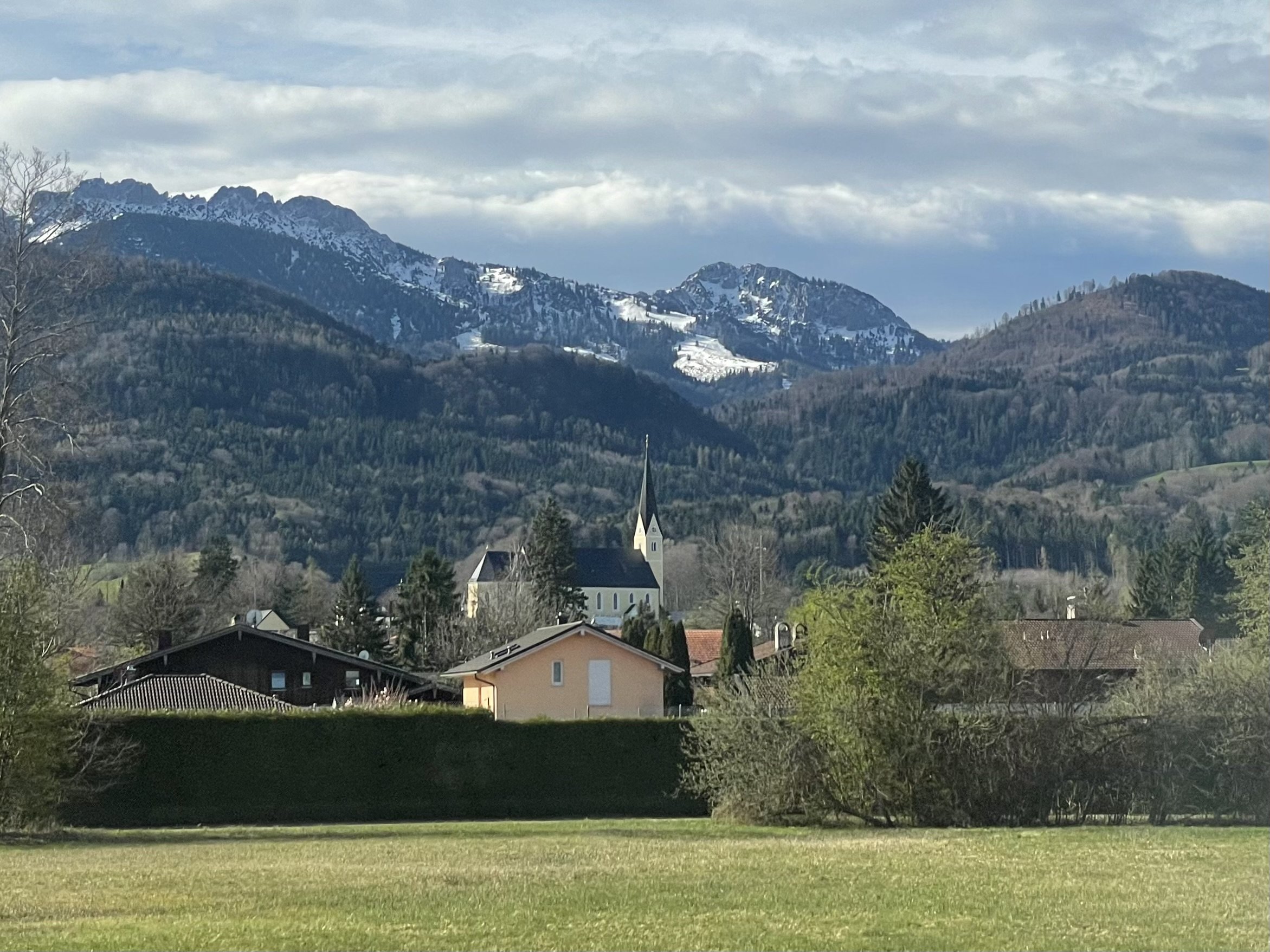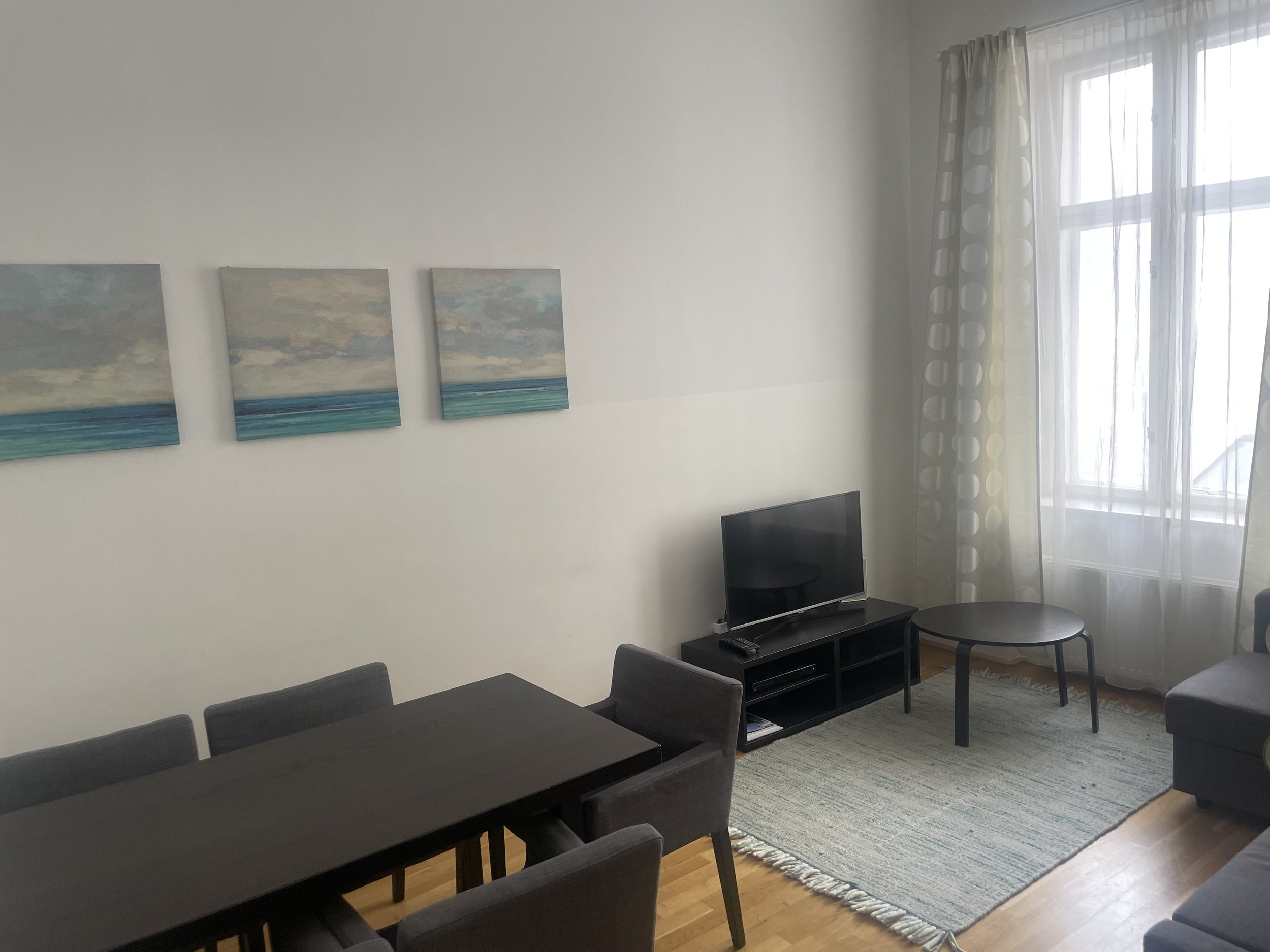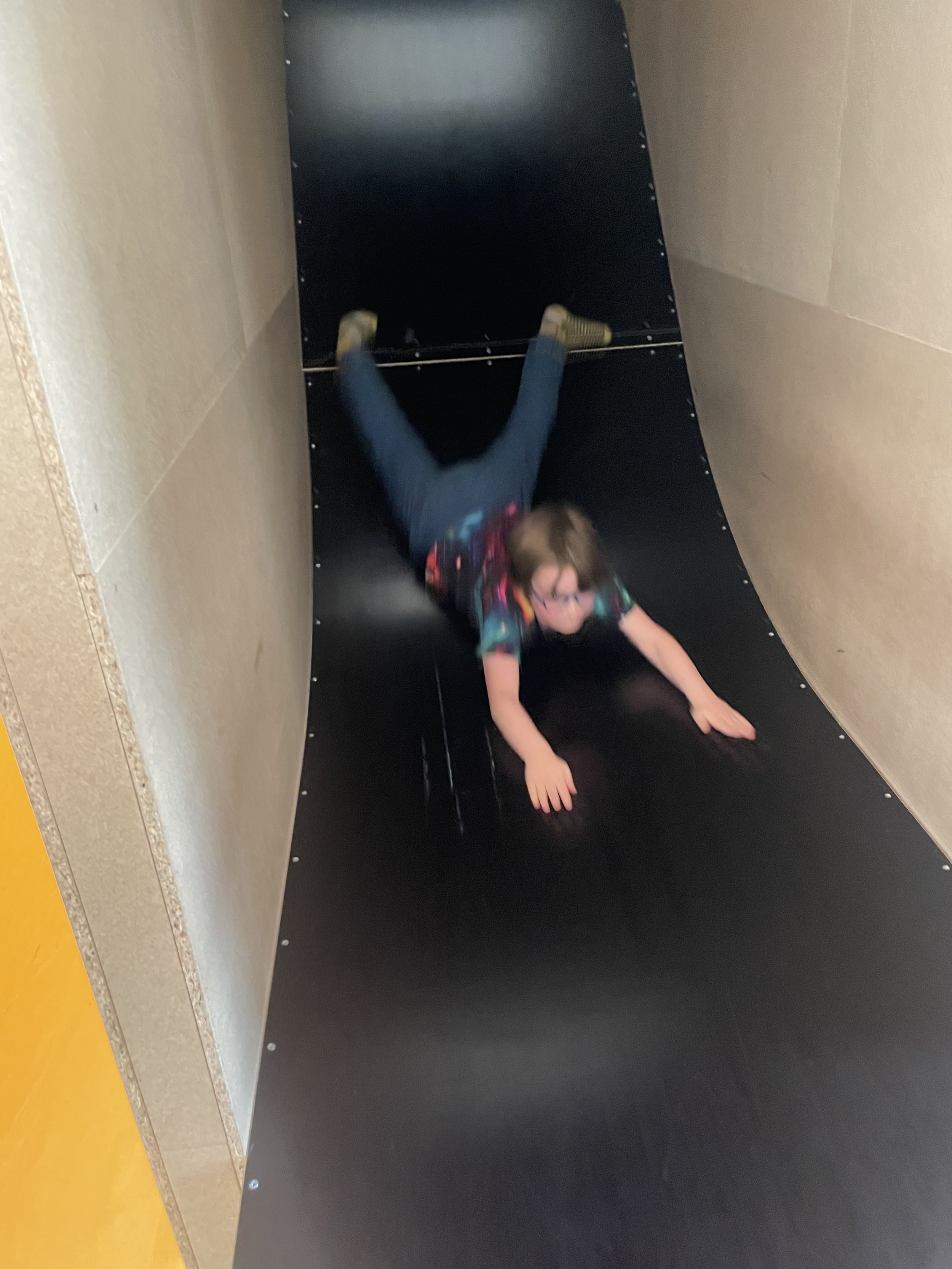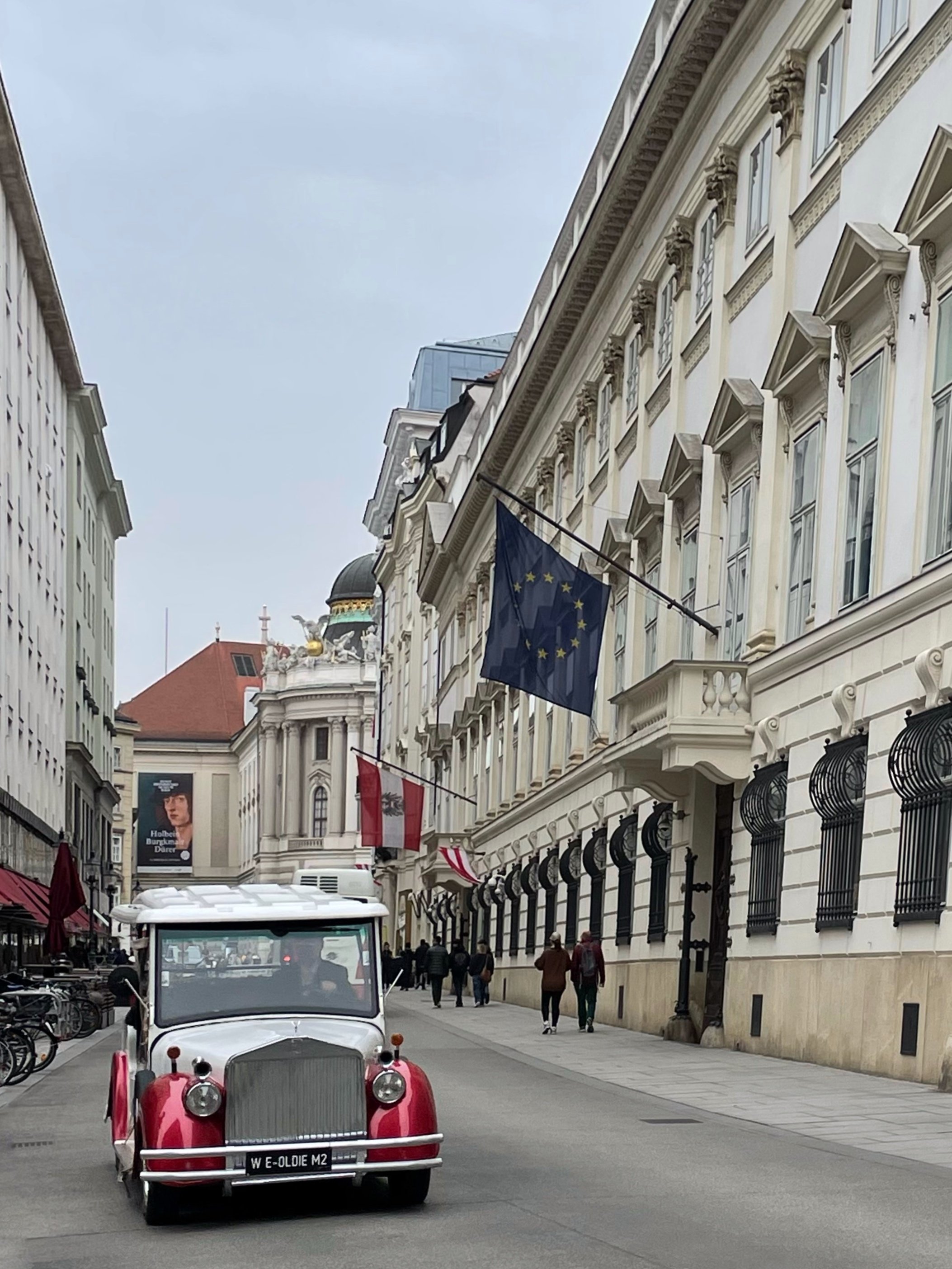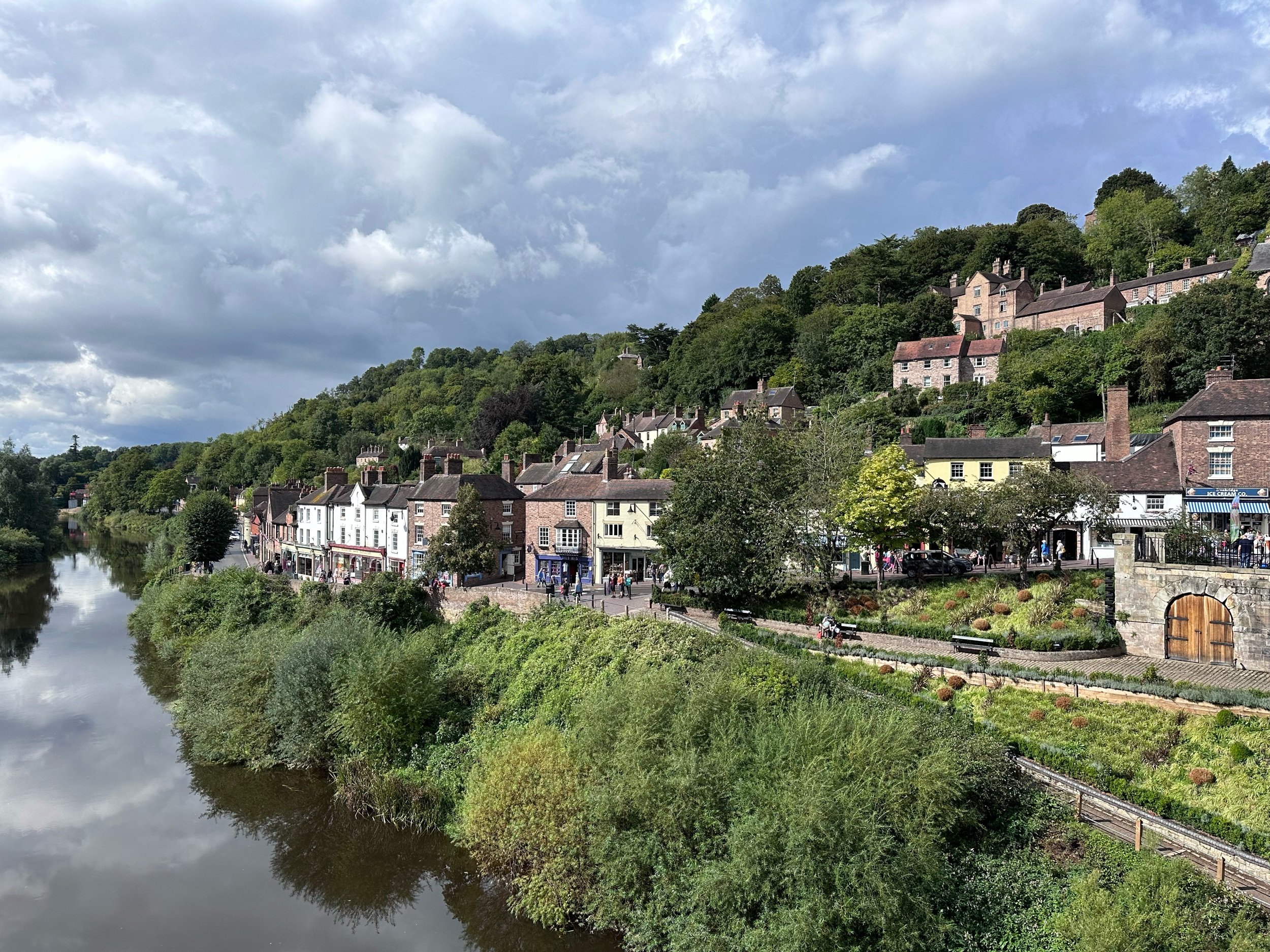Vienna, Austria
Highlights
Alsergrund
Freyung
Am Hof
Michaelerplatz
St Stephen’s Cathedral
Zoom museum
House of Music
Schönbrunn palace
Why visit Vienna?
For an elegant and charming capital full of cultural offerings and traditional markets.
Getting There and Around
In April 2024 we visited Austria and Paris by train from the UK.
We purchased 5 day Interrail passes which meant we could travel on 5 days within 1 month. The passes cost £250 per adult. Children aged under 4 don’t need a pass and up to two children aged 4-11 can get a free pass with each adult pass.
In theory, Interrail passes give flexibility to travel all over Europe on one ticket. However, on many routes, making advance seat reservations is mandatory (and often necessary during busy periods), at an additional cost.
In practice, using Interrail is therefore not as cheap or flexible as it once was. In hindsight, purchasing tickets for each part of a journey directly from each train operator would have been simpler.
To reach Vienna we took the train from Sheffield to London and then the Eurostar from St Pancras to Brussels (advance seat reservations required at a cost of £50 for four seats).
In Brussels we took the metro to the city centre, for some speedy sightseeing, and obligatory sampling of Belgian fries, and chocolate.
We then returned to Brussels Midi station in time to board the Nightjet sleeper train from Brussels to Vienna.
For the Nightjet we reserved in advance a couchette compartment (£160 for 4 seats). Our couchette in carriage 432 was sadly not one of the newly modernised versions that OBB is rolling out across its network.
The chain lock on our carriage door was broken but there were working lights, air con and power sockets. There was one shared toilet for the carriage which quickly became blocked and unusable, so we ventured further down the train to find other facilities when needed.
While there were issues with the amenities, at least our carriage was there, unlike the unfortunate people of carriage 435 who boarded the train to find their carriage was missing.
They stood in the corridors and grumbled at the train staff for 5 hours only to be kicked off the train somewhere in Germany after midnight, with a hotel voucher and a vague promise they could continue their journey in the morning.
We were therefore grateful for having beds, but it has to be said they were cramped, very firm and uncomfortable. None of us slept well thanks to a combination of noise from other passengers, a bumpy ride, and light through the windows (we didn’t discover the blind until it was too late).
Due to issues on the line we stopped for a long time at Aachen station and over the course of the journey gained a 2.5 hour delay. In the morning we were served a surprisingly tasty breakfast of bread, jam and tea by the kind and polite train crew.
We all felt that the night train was an adventure, and rolling through stunning Alpine countryside was wonderfully romantic, but this particular journey is one that we won’t rush to repeat.
Once we reached Vienna, we got around the city by a combo of walking and public transport. The city is extremely well served by frequent public transport that is also relatively cheap. A 72 hour transport ticket purchased on the WienMobil app cost £15 per adult (£5 per person per day) and was valid for buses, trams and subways. Children travel for free during school holidays in Vienna.
Vienna works on an honesty system with no ticket barriers at stations and no permanent ticket checks on the subway, local trains, trams and buses. You just hop on and off. Not that we did this or would advocate it but it did seem easy to ride fare free. Presumably if one tried this though, a ticket inspector would immediately appear and impose a hefty €100 fine.
Accommodation
In Vienna the Innere Stadt (old town / inner city) is the 1st district, with districts 2-9 adjacent to the city centre. We stayed in an Airbnb apartment in the neighbourhood of Alservorstadt in Alsergrund (the 9th district) for 4 nights, at a cost of £160 per night.
It was spacious with 2 double bedrooms, a small kitchen, bathroom with shower and washing machine, and consistently fast wi-fi. It was slightly lacking in basic provisions and cooking equipment but a Billa supermarket across the road made self catering easy and affordable. We ate out for lunch and made breakfasts and dinners in the apartment.
The apartment was very well located, 25 minutes walk or a short tram ride to the Innere Stadt. The local neighbourhood had a quiet residential feel but with plenty of shops and cafes.
Our star rating: 4
Our cost rating: 3
Alsergrund
Our apartment was in Alsergrund, the 9th district. The district was very quiet when we visited in spring time over the Easter holiday. We liked the abundance of green and public spaces dotted throughout the area.
Straight across the road from the apartment was the University of Vienna campus, which was laid out in a quadrant with a cute playground and outdoor cafes. The campus was a serene and chilled space to relax and play in. Presumably it would be busier when the students aren’t away for Easter break.
Another local park and garden, Schönbornpark, was busy with local residents when we visited; enjoying the ball court and playground, or playing board games and having picnics in the sunshine.
On Easter Sunday and Monday the neighbourhood was very quiet and the streets were almost deserted. We enjoyed walking around the area taking photos.
Next to the University is Otto Wagner Platz. Otto Wagner was an urban planner, architect and proponent of the Vienna modernist style. The city’s architecture has a consistent palette of creamy limestone, punctuated with elaborate sculptures and intricate embellishments on the baroque, art nouveau and succession style buildings.
Next to Otto Wagner Platz is Ostarrichipark, which contains the Shoah memorial to Jewish Austrians who were murdered during 1939 - 1945 by the national socialists. The signage appropriately and explicitly acknowledges the role of ordinary citizens who were complicit. The memorial was poignant and moving, with thousands of names recorded on marble blocks.
In the 19th century Vienna’s suburbs were incorporated into the city and the emperor ordered the demolition of the fortifications around the inner city.
This led to the development of significant buildings along the line of the demolished city walls including the parliament, town hall, university, opera house and private residences in the Art Nouveau, Secession, and Modernist styles.
Vienna has over 200 churches. Votivkirche and the adjacent Sigmund Freud park provided another pretty and peaceful public space nearby to our holiday apartment.
Vienna’s church bells are silent from Maudy Thursday until Easter Sunday, as they are said to fly to Rome and not return until Christ is resurrected. We are not religious but the bells echoing around the city when they did ring again was a magnificent sound.
As well as churches, parks and gardens, the neighbourhood had a mix of cafes, grocery shops, restaurants, bookshops, vintage clothing and record stores. Our favourite find in the area was Rumpelstilzchen, a charming toy shop selling beautiful wooden toys and mobiles, many made in Austria.
Freyung and Am Hof
We visited the Easter markets at Freyung and Am Hof both of which were fairly small and touristy, with pretty crafts and food stalls. We admired the traditional painted eggs and purchased some locally produced honey from the markets.
We wandered through the smart Ferstel Passage covered shopping arcade where the kids bought little Easter bunnies from a posh chocolate shop called Xocolat.
There was a long queue for brunch at Cafe Central but we had a quick glimpse inside - it did look very beautiful and elegant and we could see it was worth queuing for (but not with impatient children)!
Michaelerplatz
The square of Michaelerplatz was impressive for its scale, grand buildings with elaborate sculptures, and Roman archaeological remains in the centre, but it was also rather smelly thanks to the horses that pull tourists in carriages here.
Despite the fragrant atmosphere, it was pleasant to wander the streets and squares of medieval Vienna and take in the architecture and history.
St Stephen’s Cathedral
From the markets we made our way to St Stephen’s Cathedral, past the column of pest commemorating the victims of the black death plague.
The 136m baroque cathedral (the tallest in Austria) was very impressive from the outside, but packed with people inside, and sadly rather dour and gloomy (as most cathedrals tend to be in our experience).
The shopping area around the cathedral wasn’t really our vibe. The streets in this area were full of designer clothing and jewellery shops along with congregating crowds consisting of big tour groups.
Zoom Museum
The Museum Quarter with its courtyards is a cool place to hang out and have a run around. There was lots of attractive planting and street furniture.
The Zoom museum in the Museum Quarter is especially for children. Tickets have to be booked in advance for their different interactive exhibitions.
We booked tickets for the ‘Welcome to the Future’ exhibition (£20 for 2 adults and 2 children). The museum staff translated the planetarium show into English for us (we didn’t ask for this, they very kindly offered). After the introduction in the planetarium we were free to explore. The kids navigated their way through six different doors leading to mazes, slides and sensory experiences.
There was an area where kids could imagine future careers (such as virus expert, biodiversity rescuer or cloud capturer), create future versions of themselves and seal their vision in envelopes, not to be opened before 2047. This area really captured our children’s imaginations.
There was also a craft section looking at sustainability and fast fashion, with the opportunity to make things from recycled jeans. The kids loved upcycling the denim into little bags!
The Zoom museum was small and we only spent a couple of hours there, but it was lots of fun and we would recommend it for families. For kids under 6 there is a soft play area which looked fab, and for older children there is an animation studio (sadly not open when we visited).
Just around the corner from the Zoom museum was the restaurant Amerlingbeisl which had a pretty internal courtyard. Our lunch of bolognese linguine, roasted garlic ravioli, and chicken schnitzel was very good indeed.
House of Music
The Haus der Musik was a very high quality museum full of fascinating exhibits about classical music in Vienna. A family ticket cost £30 (advance reservations not required). All of the signage and information was translated into English.
There were lots of interactive elements including musical stairs, experimenting with frequency and sound waves, conducting an orchestra, composing your own piece of music, and creating alien creatures that then floated across a soundscape universe above your head.
We spent about 2.5 hours at the museum creating, listening and learning. The kids realised they knew quite a few different pieces of classical music and enjoyed all of the interactive elements.
We should give a mention to In-Dish, a restaurant a block away from the House of Music, where we had a fantastic Indian lunch with mango lassis, fluffy naans, and tasty curries.
Schönbrunn
On our final day in Vienna, Easter Monday, we visited the Schonbrunn palace. Well, more accurately we visited the grounds of the palace as we knew our kids would not be interested in the interior of the palace or the zoo.
The grounds are free to visit, with paid for ticketed entry to the palace interior, the children’s museum, and some of the garden features such as the maze (closed at the time of our visit), palm house and desert house, and the zoo.
The day we visited coincided with the Easter market. It was a warm and sunny day, and this was by far the busiest place we went to in Vienna. It was heaving with tourists and locals.
We enjoyed the market and in our opinion the craft and food stalls were high quality and reasonably priced. There were some craft activities and a small carousel for young children, and a music stage.
We took a walk around the gardens and up to the Gloriette monument. This is controversial, but while the palace and grounds were monumental in scale, overall we felt that the grounds of the palace were a bit plain and uninspiring.
We spent about an hour at the market and 45 minutes in the Schonbrunn gardens. We then headed out of the palace grounds and across the road to Auer Wasbach park. This was peaceful, uncrowded, and had a decent playground with a challenging rope course for the kids. We felt more at home in the shady woodland of the park than in the shadow of the stately home!
We concluded our stay in Vienna with a delicious meal at Takumi Ramen Vienna where the bowls of ramen, the veggie gyoza and the pumpkin croquettes were all excellent. Highly recommended!
Final Thoughts
Vienna is consistently voted one of the best places to live. It was quiet and stilted when we visited over the Easter holiday but we could imagine it being busier and vibrant in the summer and at Christmas.
The city has well designed child-friendly green spaces, a huge selection of galleries and museums, fantastic public transport, and an eclectic mix of shops, cafes and restaurants.
During our four days in Vienna we spent:
Accommodation £640
Public transport £30
Eating out £180
Groceries £130
Museum entry tickets £50
Souvenirs and gifts £30
Total £1060 (£66.25 per person per day).





